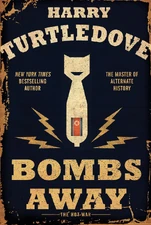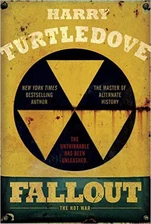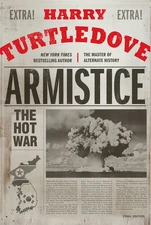
The Centurion, introduced in 1945, was the primary British main battle tank of the post-World War II period. It is widely considered to be one of the most successful post-war tank designs, remaining in production into the 1960s, and seeing combat in the front lines into the 1980s. The chassis was also adapted for several other roles, and these have remained in service to this day.
Production of the Mk 3 began in 1948. The Mk 3 was so much more powerful than the Mk 1 and Mk 2, that the earlier designs were removed from service as soon as new Mk 3s arrived, and the older tanks were then either converted into the Centurion Armoured Recovery Vehicle (ARV) Mark 1 for use by the Royal Electrical and Mechanical Engineers or upgraded to Mk 3 standards. Improvements introduced with the Mk 3 included a more powerful version of the engine, the new Ordnance QF 20 pounder (84 mm) tank gun, and a new gunsight and gun stabiliser.
Between 1946 and 1962, 4,423 Centurions were produced, consisting of 13 basic marks and numerous variants. In British Army use it was replaced by the Chieftain.
Centurion tank in The Hot War[]
With the beginning of the ground war phase of World War III in West Germany, the British deployed their main battle tank, the Centurion to defend against the Soviet invasion. Konstantin Morozov was frantically traversing his T-54's turret to shoot at a Centurion when a shell from another one or an American Pershing smashed his engine compartment. He and his crew successfully escaped with only Misha Kasyanov, the driver, suffering a gunshot wound to the leg.[1]
Morozov and his crew, with a new driver in a new T-54, faced a similar situation later on. In this case, a Centurion came into view from behind a barn. However, the Centurion commander had to turn his turret ninety degrees while Morozov's was pointed right at it. He destroyed the Centurion and got his tank under cover in a nearby orchard before British soldiers advanced into view.[2]
References[]
- ↑ Bombs Away, pgs. 211-213, HC.
- ↑ Ibid., pgs. 289-291.
| |||||||||||||||||||||


